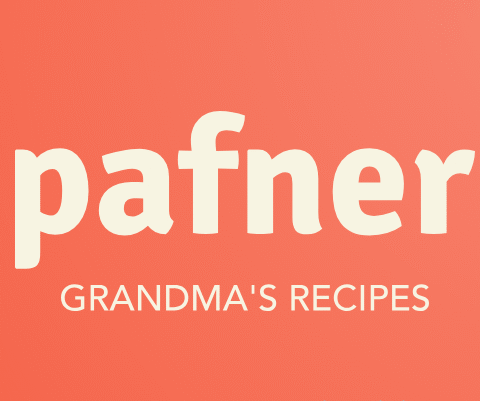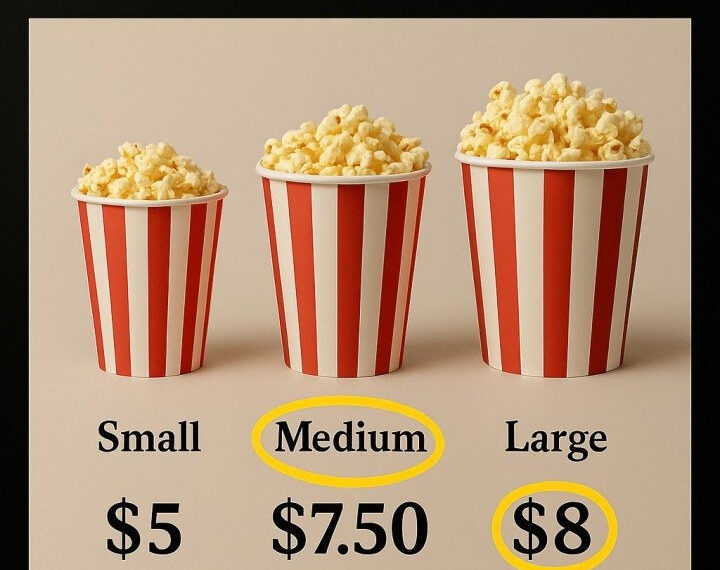1. Anchoring
The first price you see (the small) sets a mental “anchor.”
Everything else suddenly feels more reasonable — even if it’s still overpriced.
2. Loss Aversion
You don’t want to miss out.
Paying just $1 or $2 more feels like a win, even if you never planned to buy it.
3. Portion Illusion
“More” always feels better — even when it’s too much.
Our brains love maximizing what we get for our money.
🥤 It Doesn’t Stop at Popcorn
You’ll find these same tricks used everywhere:
-
Soda sizes → a few cents more for the “large”
-
Combo deals → “Save $3 when you bundle!”
-
Candy upsells → “Add one for just $1 more!”
Once you’re in that “treat yourself” mood, resistance drops — and the upsell wins.
🎥 So… Should You Still Buy the Large?
That’s up to you.
If you’re starving or sharing, go for it.
But next time, pause and ask yourself:
👉 “Do I really want the large… or do I just feel like I should?”
Knowing the trick gives you control — not manipulation.
🍿 Final Thoughts
Movie theaters aren’t just masters of entertainment — they’re experts in behavioral economics.
That innocent popcorn purchase? It’s been engineered to feel irresistible.
So next time you’re enjoying your movie snack, remember:
They’re not just selling popcorn…
They’re selling psychology.
And they’re very, very good at it.





